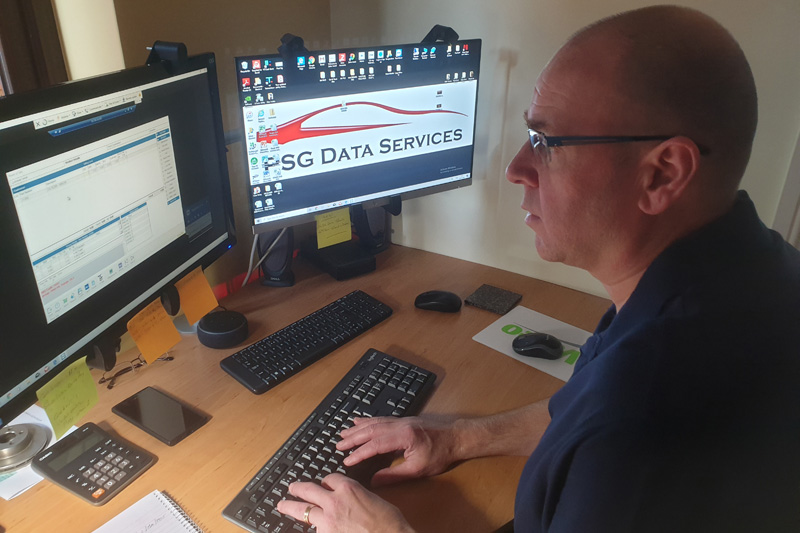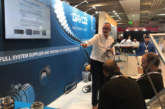
Paul Gibbs, Founder of PSG Data Services, utilises his experience in the aftermarket to fill factors in on how to get the most from MAM Software’s Autopart pricing matrix facility.
Anybody running a motor factor will know that the most important thing is making a profit. Profit is what pays the staff, the electricity bill, and the business rates, and hopefully at the end of the year, may even make the owners some money as well.
National businesses will have a whole department tasked with getting their selling prices right, but for independent motor factors, this will be the responsibility of the owner, or the director, or the manager. On top of this, they will also have to undertake their other duties, and this is a big ask.
With this in mind, I set up PSG Data Services in order to try and help independent motor factors to maximise their margins. This can be achieved by using Autopart’s built-in pricing matrix facility, which enables its users to take control of how their selling prices are generated.
When I was working, Euro Car Parts came on the scene in a big way, and I realised that for an independent to survive, they would have to compete in this tough market. The only way that we could do this was to manage our margins. This doesn’t mean making as much as possible, but adjusting how you do your prices to compete in your local area. If you charge too much on just one product, you will be perceived as too expensive on everything. To make a profit, first you have to sell the item!
At Havant, we moved away from the conventional ways of creating our selling prices. We had used most of the usual ways of sorting prices; from net prices to across the board mark-ons, and eventually using a tiered pricing structure which worked through an Excel spreadsheet. This was okay, but it didn’t have any consistency.
We found out about the matrix facility in Autopart, and from here, we didn’t look back. Autopart imbeds the mark-ons into the system and is driven by the cost of the item. Therefore, if you were to mark up a low cost item by a large amount, there won’t be much scrutiny from the customers, and on high cost items, you can keep the margins low to stay competitive and to win business. My thought process was that you make margins on low priced items and pound notes on higher priced items.
We often had many visitors to our branch who were keen to see how we had set up our system and how it was complementing our business.
The most important element in moving over to the matrix facility is that the system needs to be relatively tidy. The best way that I found of doing this was to break down suppliers, groups and ranges into tidy packages. Ideally, the matrix will be written using two bits of information; supplier code and then product group or range code. Once this was done, I would start applying the pricing matrices. On the recent systems that I have worked on, I have loaded over 4,000 lines of pricing information, which gives a very detailed pricing structure.
Of course, there will be investment to get a system set up. Whilst I would never guarantee success, the systems that I have worked on so far have seen an improvement of between 1 and 2% on gross margin.
Making increased margins is always good, but it might be that particular users want to go after that extra business, and to know that they can trust the system and the prices that it organises.
Running a pricing matrix will make price updates very easy; the only information that needs to be put in is the cost, and from there, the system will sort out all of the mark-ons.
Once the system has been organised, adding new products will also be made a great deal easier.
The matrices can be adjusted very quickly, for example, increasing the cheaper end of a product group that you know you can make more money on, or maybe reducing the higher prices on another group to be more competitive.
Pricing matrices have been mentioned many times over the years, but so far, nobody has offered the service to get them set up.
I must make it clear that this will not work on all products. However, price conscious items like bulbs, batteries, wipers and oil can still be controlled, as the matrix is the last pricing function that the system uses. Net prices, mark-ons or special terms for individual products will always precede the matrix.
About Paul
In December 2017, shortly after a change in ownership at the company that Paul was working for, Havant Motor Factors, his job title of General Manager was made redundant throughout the company. With a 12 week notice period on his hands, Paul deliberated what to do next. With 35 years of experience under his belt, and having worked in every position in a modern motor factor, he decided to concentrate on an element that he had spent a great deal of time ensuring was working to full capacity – MAM’s Autopart system.
Once the software is up and running, Paul can train whoever will control the facility. A big part of his business now is adding all of the monthly (almost weekly) price updates so that his clients can concentrate on more important tasks.
Paul will also undertake other Autopart duties. He is capable of designing a complete database from scratch for factors, as well as undertaking detailed stock reprofiling to make sure that customers have the right stock on the shelf.







